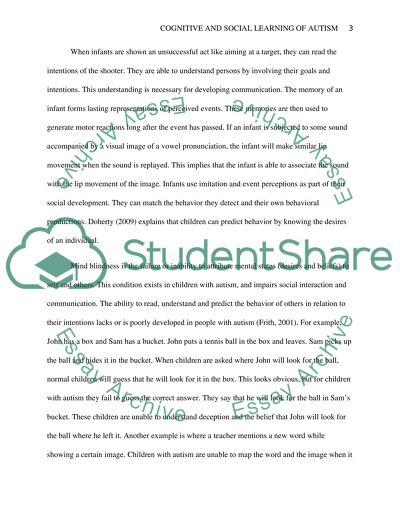Cite this document
(“Cognitive and the social learning of autism Thesis”, n.d.)
Cognitive and the social learning of autism Thesis. Retrieved from https://studentshare.org/psychology/1399374-critique-of-the-cognitive-and-the-social-learning
Cognitive and the social learning of autism Thesis. Retrieved from https://studentshare.org/psychology/1399374-critique-of-the-cognitive-and-the-social-learning
(Cognitive and the Social Learning of Autism Thesis)
Cognitive and the Social Learning of Autism Thesis. https://studentshare.org/psychology/1399374-critique-of-the-cognitive-and-the-social-learning.
Cognitive and the Social Learning of Autism Thesis. https://studentshare.org/psychology/1399374-critique-of-the-cognitive-and-the-social-learning.
“Cognitive and the Social Learning of Autism Thesis”, n.d. https://studentshare.org/psychology/1399374-critique-of-the-cognitive-and-the-social-learning.


